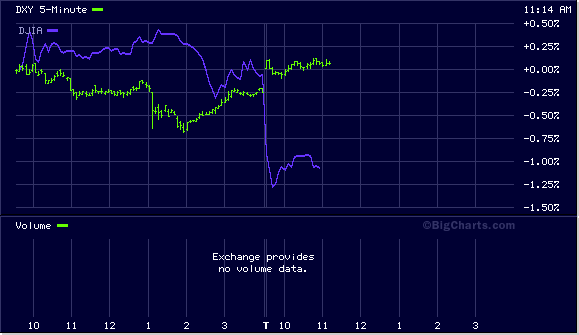If you are a reader of this blog’s ‘rate update‘ posts then you may be wondering why attention is paid to the US Treasury and their biweekly auctions. The reason has to do with an economic principle called the “crowding out effect“.
According to Wikipedia ‘crowding out’ is “any reduction in private consumption or investment that occurs because of an increase in government spending.” In this case however we’re applying this principle to borrowing instead of spending.
When the US Treasury sells notes, bonds, and/ or securities they create a substantial supply of fixed-income securities that compete with the private sector (including mortgage-backed bonds) for investment dollars.
There is a growing fear amongst market analysts that as the US deficit balloons the treasury will have to begin selling more and more fixed-income securities in order to generate enough cash to finance the government’s expenditures. As the supply of the treasury auctions increases they will absorb more and more of the market’s demand for fixed-income securities.
Yet, private sector entities, including sellers of mortgage-backed bonds (MBS’s), will still need to raise capital so they can fund their own operations. In order to do this in an environment where the US Treasury is “crowding out” other players they’ll be forced to offer higher and higher interest rates in order to attract demand.
This is the dynamic for how the “crowding out effect” can impact mortgage rates. In ‘rate update’ we’ll be keeping a close eye on the size of the auctions as well as the level of foreign participation (which is a gauge on demand).
If the size of announced auctions is more than expected then this would place upward pressure on mortgage rates and vice versa. If foreign demand in US Treasury auctions is lower than expected then this also would place upward pressure on rates and vice versa.




